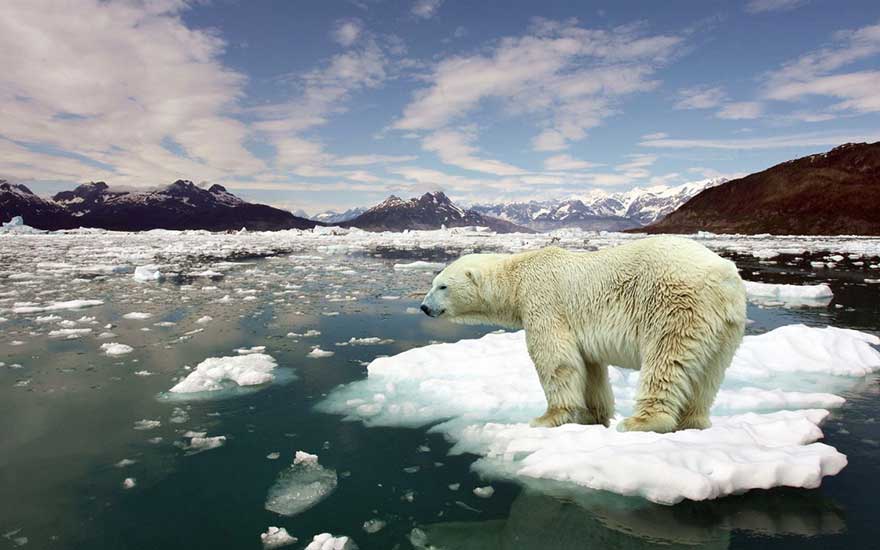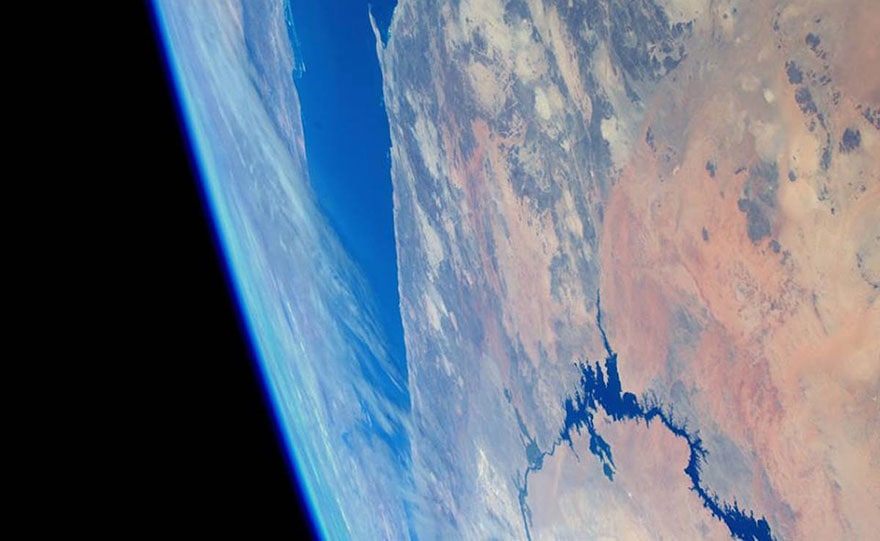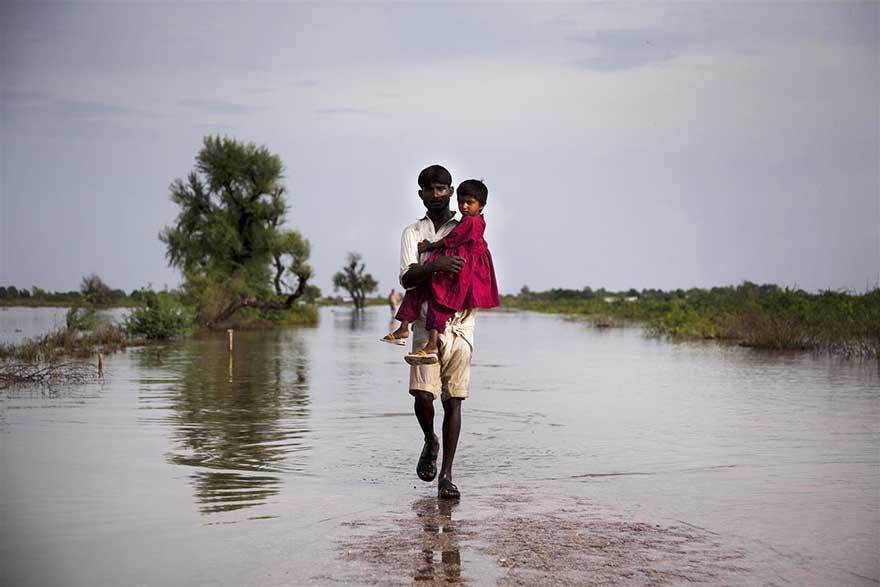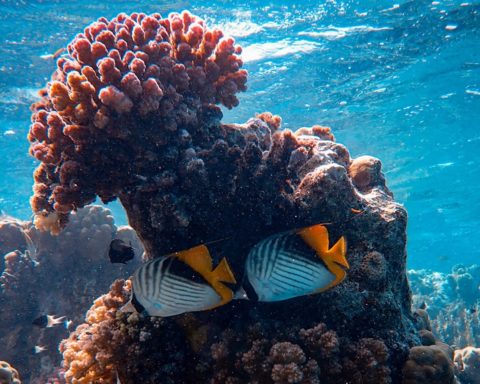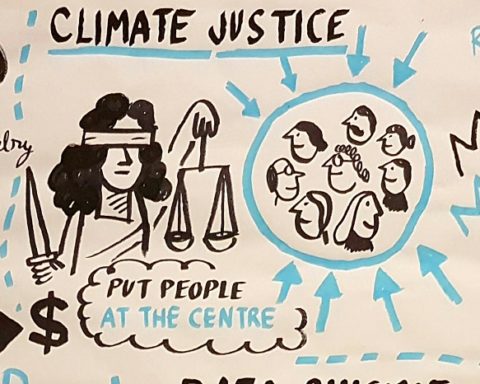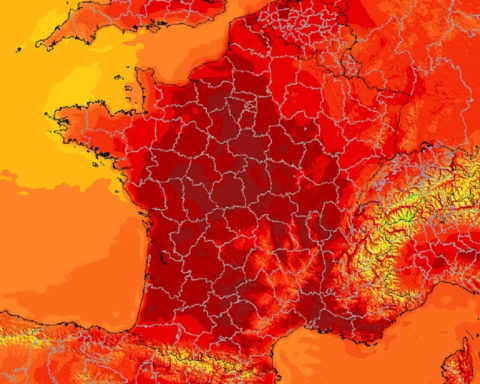You know what laughing gas is? Doctors already use it to give us superficial anesthesia. One study shows how this gas, nitrous oxide, is believed to be escaping en masse from the Arctic soil and dangerously accelerating global warming.
One quarter of the Arctic is covered by permafrost, a permanently frozen land. With global warming, these peat bogs release large amounts of nitrous oxide, a gas known as laughing gas. Dentists sometimes use it to calm us down in front of the roulette wheel, but on a global scale, this gas has an atmospheric warming capacity 300 times greater than carbon dioxide (CO2). This discovery published by Finnish researchers is not at all funny: the Arctic is already the region of the globe that tends to warm up the fastest.
Anitrous oxide, also known as nitrous oxide, nitrous hemioxide or laughing gas, is a chemical compound of the formula N2O. It is, according to WikipediaIt is a colourless gas with a slightly sweet odour and taste. It is used in anesthesia, surgery, dentistry and as an adjuvant in equimolar mixture with oxygen, for its anesthetic and analgesic properties. It is called "laughing gas" because of its euphoric effect when inhaled, hence its recreational use as a hallucinogen. »
At present, scientists do not include nitrous oxide in climate change models because very little has been detected in the upper layers of permafrost to date. This is because it is the third largest emitting greenhouse gas to date, after carbon dioxide (CO2) and methane (CH4). But a study published on Monday 29 May in the newspaper Proceedings of the National Academy of Sciences suggests that as temperatures rise, deep layers of permafrost thaw.
Researchers took 16 samples of permafrost from peat bogs in Finnish Lapland and warmed them up in the laboratory. They found that in areas where permafrost is covered by plants, nitrous oxide emissions remain low because plants absorb nitrogen from the soil and are "very effective in reducing N2O emissions. This is what Carolina Voigt, a researcher at the University of Eastern Finland and one of the authors of the study, says. She told Australian radio ABC Previously, nitrous oxide emissions from the Arctic soil were considered negligible, partly because the amount of nitrogen, the substrate for N2O production, is probably quite low or the production rate is low because of the cold climate. »
But in areas where the permafrost of peatlands is bare of vegetation, nitrous oxide emissions can increase up to five times when the permafrost thaws. According to the researchers, their work suggests that peatland permafrost could emit as much nitrous oxide as the destruction of tropical forests - currently the largest natural source of greenhouse gases. This finding raises concerns that peatland permafrost could release enough nitrous oxide into the atmosphere to contribute significantly to climate change. The gas will create a feedback loop, the researchers say, just as carbon dioxide flowing from thawing permafrost is beginning to do now.
The results of the laboratory study are still hypothetical, told E & E News Jeremy Mathis, Director of the Arctic Research Program at the National Oceanic and Atmospheric Administrationwho did not participate in the study. But, he said, the new research adds weight to the broader projection that greenhouse gases from permafrost will accelerate overall climate change, which will further amplify the thawing of permafrost. "It's just this cycle that's starting to work itself out that's much more pronounced in the Arctic than in the lower latitudes. Right now, it's warming at least twice as fast as the rest of the planet, and the trend continues to be upwards. So there is a concern, given all the complexities of the system involved, that this warming effect and exacerbation of its effect in the Arctic will continue. »
The Arctic Monitoring and Assessment Programme, which brings together 90 scientists from around the world, has reported that the Arctic is warming faster and more devastating than expected and that this metamorphosis is having profound consequences not only for local wildlife and ecosystems, but also for people and resources around the world.

Source : Quartz

